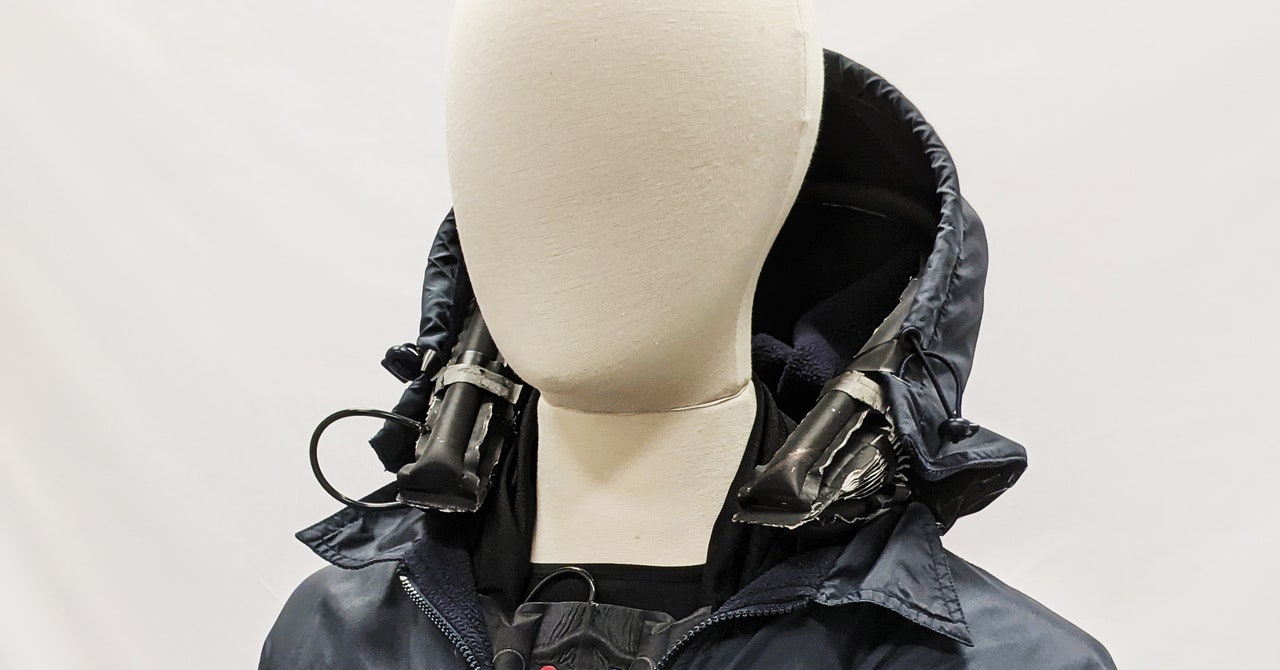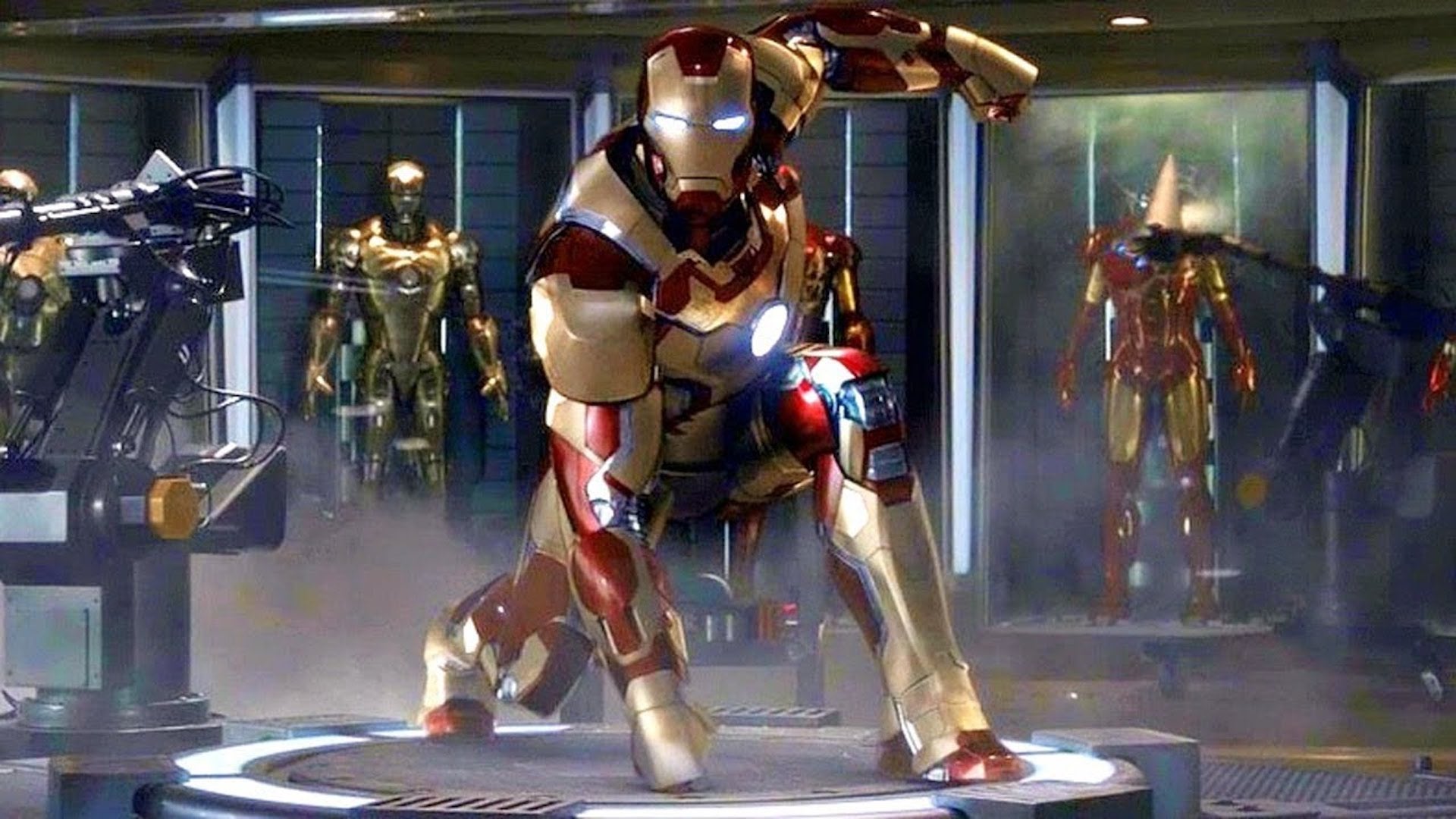You are using an out of date browser. It may not display this or other websites correctly.
You should upgrade or use an alternative browser.
You should upgrade or use an alternative browser.
Man-Amplifiers and exoskeletons
- Thread starter Triton
- Start date
-
- Tags
- 21st century
Rhinocrates
ACCESS: Top Secret
- Joined
- 26 September 2006
- Messages
- 3,053
- Reaction score
- 7,780
Nursing is certainly one of the areas in which both exoskeletons and robots are expected to find applications. Especially in developed countries such as Japan that have ageing populations.I could have done with a powered 'exo' rig while caring for my wife.
It's not the 'controlled' lifts that got me, it's when she'd stumble and I'd contrive as soft a landing as I could...
shin_getter
ACCESS: Top Secret
- Joined
- 1 June 2019
- Messages
- 1,105
- Reaction score
- 1,484
Wargame 20xx as seen here:
Have Exoskeleton become a revolutionary capability under long range precision strike dominant combat situations:
But there isn't much details on the performance of the exoskeletons in question. What kind of mobility, payload, stealth, maintenance requirements and so on did the wargames assume? This would inform us if and when will such capabilities have similar impacts on the battlefield, what kind of limiting technology is the key factor and what alternative technologies could produce similar results.
What do you think the wargames assumed of those exoskeletons?
To start, I'd assume the baseline assumption as basically gas powered ATV payload, electric vehicle signature, persistent fast (human) running speed, all terrain and fit inside buildings/trenches/etc. Do you all think this as reasonable?
Have Exoskeleton become a revolutionary capability under long range precision strike dominant combat situations:
Each Exoskeleton Regiment comprises nearly 800 soldiers equipped with self-powered, robotic
suits that provide individual soldiers with dramatically increased operational and tactical
mobility, lethality, personal protection, situational awareness, and physical endurance.
Exoskeleton suits, for example, allow soldiers to move for extended distances without getting
tired, carry a relatively heavy load of miniaturized weapons (e.g., anti-armor, anti-personnel),
and generate false images of themselves to confuse enemy defenders. The exoskeleton suits also
incorporate multispectral sensors and advanced communication systems, as well as a userfriendly interface for controlling support robots of various kinds.
The potential operational utility of individual soldiers equipped with performance-enhancing
exoskeletons is one of the key surprises of the 20XX series. Players in game after game
organized their ground combat operations around relatively small, highly trained, exoskeletonequipped light infantry units and special operations units.... In the first game in the 20XX series, however, players stripped exoskeleton-equipped forces
from larger units and employed them separately to take better advantage of their operational and
tactical mobility, inherent stealth, and lethality. In conjunction with supporting LRPS and ISR
assets, they were used as a distributed, mobile, ground-combat strike force tasked with finding
and attacking an adversary’s key anti-access systems (e.g., mobile EM-gun batteries, ASCM
launchers, and missile TEL vehicles) to clear the way for follow-on forces. This asymmetric
approach sought to exploit the ability of a relatively small number of stealthy ground forces to
engage an adversary’s anti-access forces under conditions in which they would be ill-equipped to
defended themselves: a close-in ground attack. (See Figure 2 for a schematic of exoskeleton equipped forces used in distributed strike operations.) This use of exoskeleton-equipped forces to
roll back an adversary’s anti-access capabilities was repeated in several subsequent games.
Facing an adversary with robust anti-access capabilities that constrain the number and type of
ground forces that could be successfully inserted into the theater of operations and sustained,
players have sought to increase the combat power of those relatively few friendly troops that can
be deployed by taking advantage of robotic capabilities of various kinds. As part of this overall
strategy, exoskeleton-equipped light infantry have generally been the force of first resort, for
both urban combat (and more generally, in most forms of close combat) and non-linear,
distributed strike operations. Air drop via stealthy, long-range, air mobility aircraft has been the
preferred method of strategic entry for 20XX ground forces, followed by covert undersea
delivery.23 Operational and tactical mobility was generally provided by the inherent capabilities
of exoskeleton-equipped forces (e.g., long-endurance mobility under a load, coupled with tactical
burst speed), by personal mobility aircraft, and stealthy intra-theater mobility aircraft.
But there isn't much details on the performance of the exoskeletons in question. What kind of mobility, payload, stealth, maintenance requirements and so on did the wargames assume? This would inform us if and when will such capabilities have similar impacts on the battlefield, what kind of limiting technology is the key factor and what alternative technologies could produce similar results.
What do you think the wargames assumed of those exoskeletons?
To start, I'd assume the baseline assumption as basically gas powered ATV payload, electric vehicle signature, persistent fast (human) running speed, all terrain and fit inside buildings/trenches/etc. Do you all think this as reasonable?
- Joined
- 9 October 2009
- Messages
- 21,973
- Reaction score
- 13,623
This could also help with police work. A utility belt with boxes that snag on seat belts and dig into your side? Not fun. If recessed into more form-fitting panels can can lock during a fall—that could prevent joint damage right. Years ago, my mag light seemed to slip around and pop me in the kneecap when running. Home-made deal, the holster.
- Joined
- 9 October 2009
- Messages
- 21,973
- Reaction score
- 13,623

Forget Silicon. This Computer Is Made of Fabric
The jacket can raise and lower its own hood—without chips or batteries—and might one day help disabled wearers move.www.wired.co.uk
Can be classified as either a 'soft robot' or a wearable computer.
jsport
what do you know about surfing Major? you're from-
- Joined
- 27 July 2011
- Messages
- 7,732
- Reaction score
- 5,751

US Air Force tests exoskeleton to give cargo-loading porters a boost
They might not be as elaborate as the exosuit Sigourney Weaver used in “Aliens,” but the idea of using tech to bolster human muscles is not far off.
- Joined
- 9 October 2009
- Messages
- 21,973
- Reaction score
- 13,623

Russian ‘special agencies’ to test exoskeletons for use in Ukraine
The futuristic robotic suits would be worn by soldiers to enable them to load shells fasterwww.telegraph.co.uk
jsport
what do you know about surfing Major? you're from-
- Joined
- 27 July 2011
- Messages
- 7,732
- Reaction score
- 5,751

Russia is once again hyping a brand new 'Iron Man' suit of armor
We'll believe it when we see it.
Similar threads
-
1991 IDA paper for DARPA relating to the 'SuperTroop' concept
- Started by Grey Havoc
- Replies: 16
-
-
Lockheed Martin Demonstrates Weapons Grade High Power Fiber Laser
- Started by seruriermarshal
- Replies: 11
-
-

